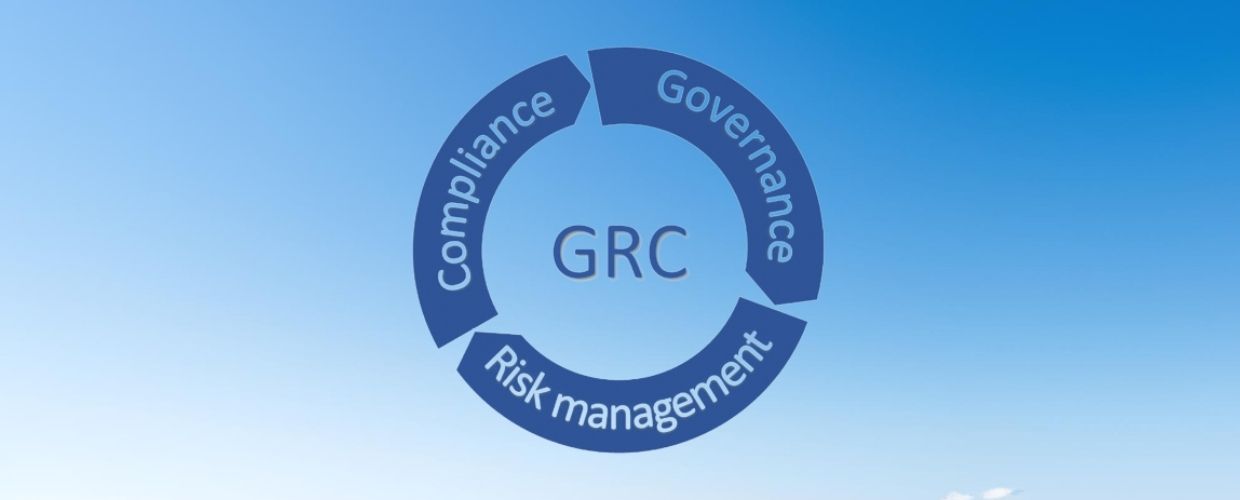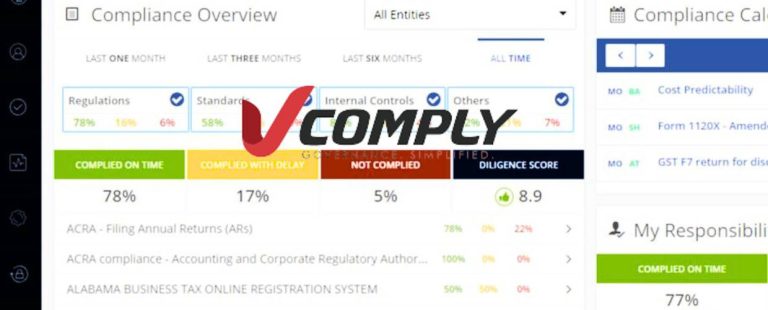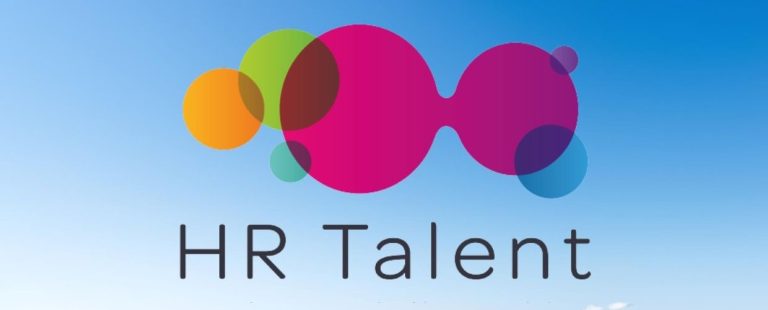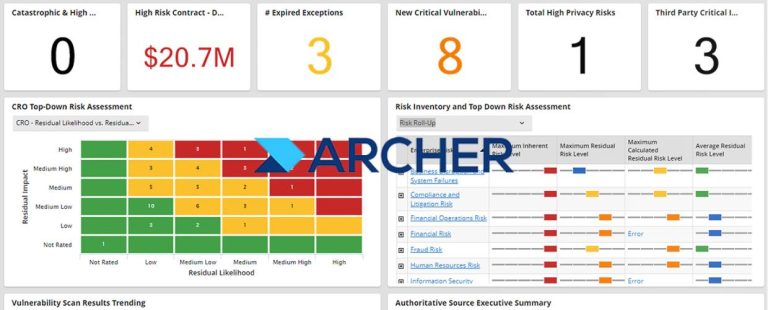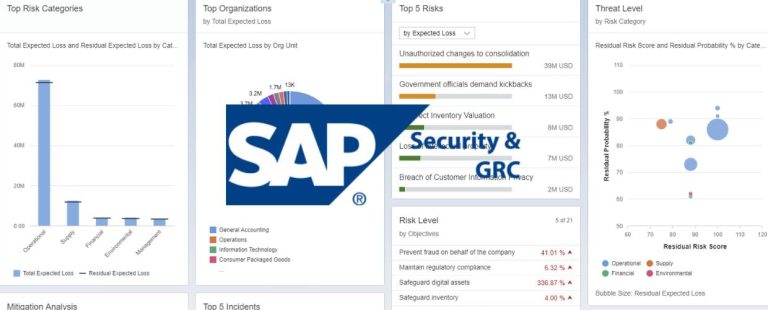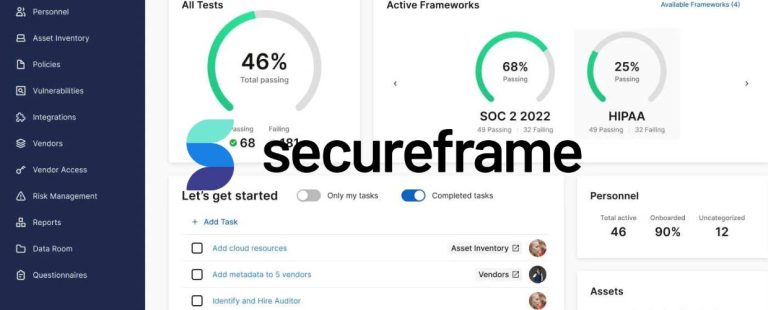In the corporate world, adhering to governance and compliance principles is essential for ensuring ethical conduct, accountability, and sustainability. Governance and compliance represent interconnected practices that guide organizations in making responsible decisions, abiding by laws and regulations, and upholding ethical standards. This article explores the significance of Governance and compliance, their core principles, and how they work to establish a strong foundation for ethical and responsible business practices.
The Significance of Governance and Compliance
Governance and compliance are cornerstones of an organization’s operations, influencing its reputation, stakeholder trust, and long-term success. The following points underscore the importance of Governance and compliance.
Ethical Conduct
Governance establishes a framework of moral values and principles that guide decision-making across the organization. Compliance ensures adherence to these ethical standards, fostering an environment of integrity and trust. A robust governance framework defines the organization’s values, code of conduct, and ethical guidelines, emphasizing the importance of responsible business practices.
Accountability and Transparency
Governance structures define roles, responsibilities, and reporting lines, promoting accountability among employees and leadership. Effective Governance ensures that each individual understands accountability for their actions and decisions. Transparency is fostered through open communication channels, where information is shared freely, and stakeholders can access accurate and relevant information.
Risk Management
Governance and compliance practices identify and address potential risks, protecting the organization from legal, financial, and reputational repercussions. Effective Governance includes risk identification and assessment, while compliance ensures that risk mitigation strategies are in place and adhered to.
Regulatory Adherence
Compliance ensures that the organization complies with relevant laws, regulations, and industry standards, mitigating the risk of legal penalties and sanctions. It involves staying informed about changes in laws and regulations that may impact the organization’s operations and promptly implementing necessary changes to ensure compliance.
Stakeholder Confidence
Demonstrating strong governance and compliance practices instills confidence in stakeholders, including investors, customers, employees, and partners. Stakeholders are more likely to engage with an organization that demonstrates a commitment to ethical and responsible practices, which can positively impact the organization’s reputation and long-term success.
Core Principles of Governance and Compliance
When managing a company, certain core principles of Governance and compliance must be followed.
- Clear Accountability and Responsibility: Effective Governance defines roles and responsibilities at all levels of the organization. Each individual understands their accountability for their actions and decisions, fostering a sense of ownership and commitment to the organization’s goals. Transparent governance structures ensure everyone knows whom to approach for specific matters and how decisions are made.
- Transparency and Communication: Open communication channels are essential for organizational clarity. Governance structures encourage free-flowing information exchange, ensuring stakeholders have access to accurate and relevant information. Regular communication and reporting promote transparency in decision-making processes and business operations.
- Risk Identification and Mitigation: Governance and compliance mechanisms identify potential risks and implement strategies to mitigate them effectively. Proactive risk management involves assessing internal and external threats that may impact the organization’s objectives and implementing measures to reduce their likelihood and impact.
- Ethical Leadership: Strong Governance promotes ethical leadership and a culture of integrity. Leaders lead by example, emphasizing ethical conduct and making decisions in the organization’s and its stakeholders’ best interest. Moral leadership is vital for setting the tone and establishing a culture of responsibility and accountability within the organization.
- Monitoring and Reporting: Compliance mechanisms include regular monitoring, audits, and reporting to ensure adherence to policies, laws, and regulations. These processes provide insights into the organization’s performance and highlight areas for improvement. Regular audits and reporting help identify compliance gaps and opportunities for strengthening governance practices.
Governance and Compliance Working Together
Governance and compliance complement each other in building a robust and sustainable business environment. Their collaboration involves.
- Compliance with Governance Policies: Compliance ensures employees adhere to governance policies, including ethical guidelines, code of conduct, and decision-making protocols. Compliance practices verify that the organization operates within governance policies and principles.
- Risk Management and Compliance: Governance structures identify risks, while compliance mechanisms ensure the organization complies with relevant regulations and best practices to mitigate those risks. Effective risk management requires compliance with applicable laws and regulations to minimize legal and reputational risks.
- Reporting and Transparency: Compliance reporting provides vital information to governance bodies and stakeholders, facilitating informed decision-making and promoting transparency. Transparency in compliance reporting helps stakeholders understand the organization’s performance and compliance status.
- Stakeholder Engagement: Governance practices engage stakeholders in the decision-making process, and compliance ensures that stakeholders’ interests are protected through adherence to regulations and ethical guidelines. Engaging stakeholders in governance practices fosters trust and strengthens stakeholder relationships.
Benefits of Effective Governance and Compliance
Implementing effective governance and compliance practices can benefit a company, including increased trust and credibility among stakeholders, improved risk management, better decision-making, and enhanced reputation and brand image.
- Enhanced Reputation: Organizations with strong governance and compliance practices earn a reputation for ethical conduct, attracting stakeholders who value responsible business practices. A positive reputation enhances the organization’s attractiveness to customers, investors, partners, and potential employees.
- Improved Risk Management: Governance and compliance practices enable organizations to identify and address risks proactively, reducing the likelihood of adverse events. Proactive risk management helps prevent crises and ensures the organization can navigate challenges effectively.
- Stakeholder Trust: Transparent Governance and compliance build trust among stakeholders, leading to stronger partnerships and sustained support. Trust is critical for maintaining positive stakeholder relationships and supporting organizational commitment.
- Long-Term Sustainability: Ethical Governance and compliance contribute to an organization’s long-term sustainability, as they mitigate potential risks and maintain stakeholder confidence. Sustainability is essential for an organization’s continued growth and success in the face of evolving market dynamics.
- Regulatory Compliance: Organizations avoid legal penalties and potential reputational damage by adhering to applicable laws and regulations. Compliance with rules demonstrates a commitment to operating responsibly and ethically.
Conclusion
Governance and compliance are indispensable components of responsible and ethical business practices. Together, they establish a solid foundation that guides decision-making, fosters transparency, and mitigates risks. Effective Governance and compliance protect an organization’s reputation and stakeholder trust and contribute to its long-term success and sustainability.
Embracing these principles promotes a culture of integrity, accountability, and responsible leadership, positioning organizations for a bright and resilient future in an ever-evolving business landscape. As projects become increasingly complex and teams more diverse, the value of Project Human Resource Management becomes even more evident. By recognizing the unique strengths of each team member and providing the necessary support, organizations can harness the full potential of their human capital and drive project success to new heights.
As a fundamental aspect of project management, Project Human Resource Management empowers organizations to achieve their project objectives and build a collaborative and motivated workforce that fuels future success. Organizations prioritizing Governance and compliance pave the way for ethical and responsible decision-making, building a solid reputation, and fostering stakeholder trust. The collaboration between Governance and compliance helps identify and address risks, ensures adherence to regulations, and communicates transparently with stakeholders. Ultimately, implementing effective governance and compliance practices sets organizations on a path of sustainable growth, resilience, and success in today’s dynamic and competitive business landscape.
